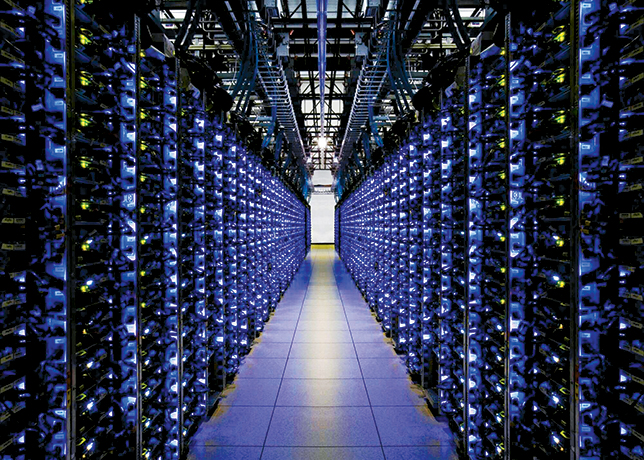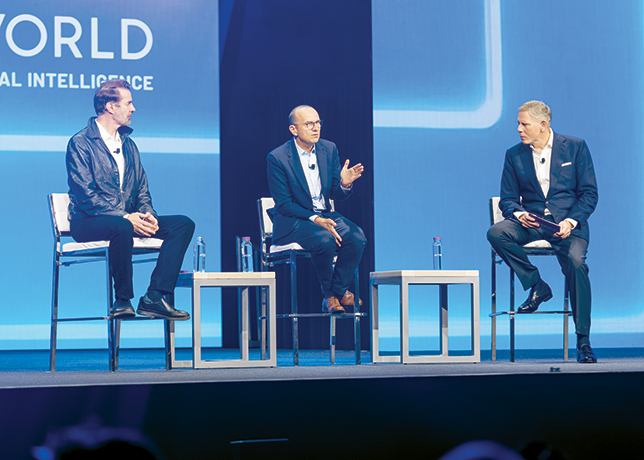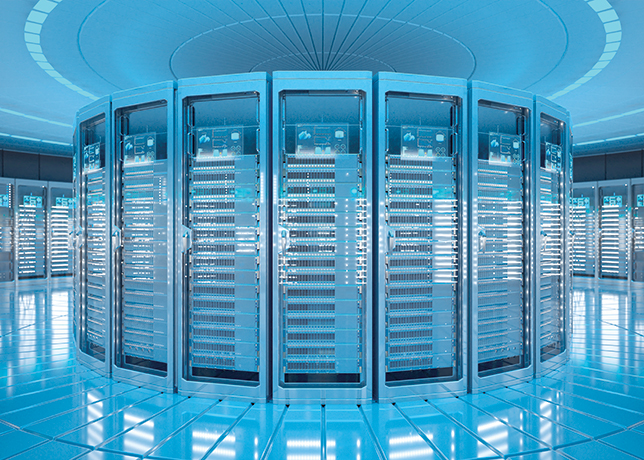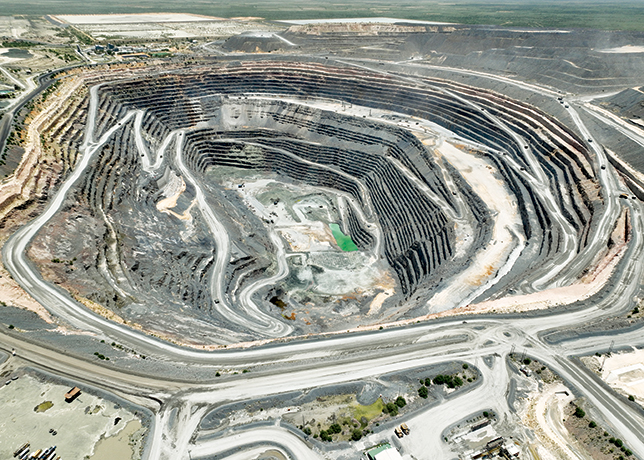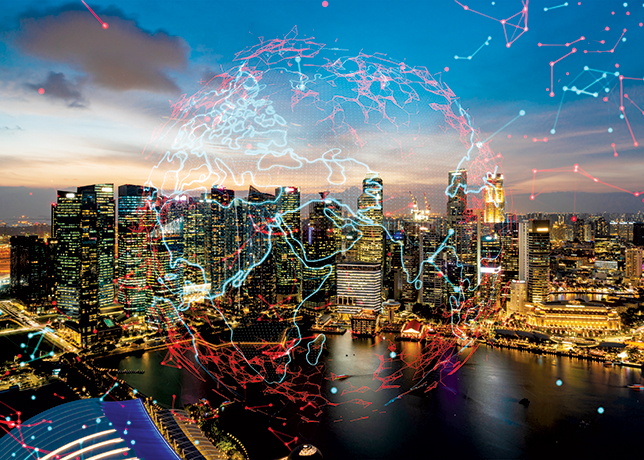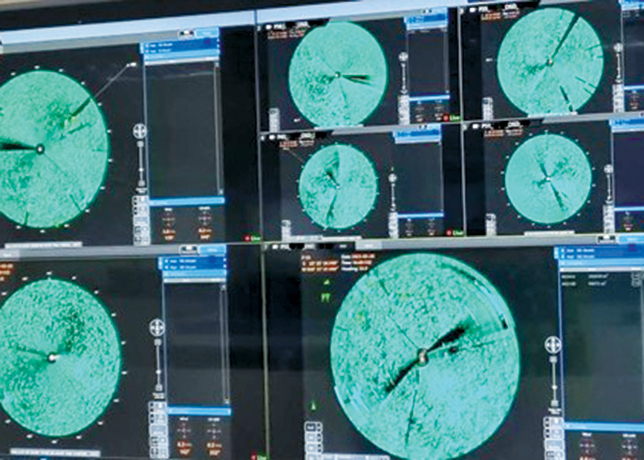
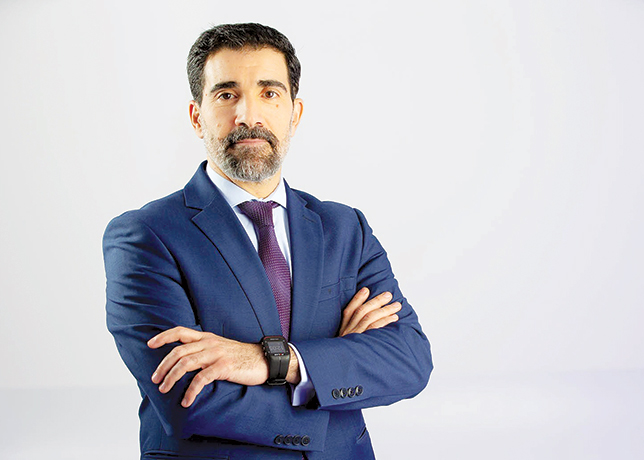 Osama AlZoubi
Osama AlZoubi
Leaders must ensure no device is left unguarded and no door unlocked. With layered defences and a culture of vigilance, the digital oilfield can remain resilient and secure, Osama AlZoubi, MEA Vice President, Phosphorus Cybersecurity, tells OGN
Oil and gasfields across the Middle East are undergoing a rapid digital transformation.
Companiesare deploying advanced sensors, Industrial Internet of Things (IIoT) devices,and high-speed networks to monitor and control operations in real time.
Thisdigital oilfield revolution is boosting efficiency, enabling engineers to trackwell output from a control room in Dubai or adjust a pipeline valve hundreds ofkilometers away.
Countriesin the GCC are experiencing significant technological progress, particularly inenergy, driven by initiatives like Vision 2030 and mega-projects such as Neom.
But thisinnovation also has a downside. Every new connected device and remote accesspoint expands the potential cyberattack surface.
In anindustry that forms the backbone of national economies, the stakes forcybersecurity have never been higher.
Middle Eastoil and gas companies are embracing IIoT sensors and real-time data to optimiseproduction.
Thisdigital transformation brings great benefits, but also new cybersecuritychallenges, as every connected device becomes a potential target.
THEDIGITAL OILFIELD: BENEFITS & HIDDEN RISKS
Fromdrilling rigs to refineries, the oil and gas sector is now saturated with smartdevices.
IIoTsensors measure pressure, temperature, and flow rates on pipelines and offshoreplatforms.
Wirelesstransmitters transmit data from remote wellheads to central databases.
Fieldengineers use tablets to check pump performance, and even autonomous robotsinspect equipment in hazardous areas.
Theseconnected technologies enable faster decision-making and safer, more efficientoperations.
Engineerscan predict equipment failures before they happen, and managers can get a liveview of production across multiple sites.
But thesame connectivity that delivers efficiency can also invite danger.
Everysensor, connected valve, or camera is a computing device – and each one couldbe an entry point for attackers.
Oil and gasfacilities traditionally relied on isolated operational networks (OT) walledoff from the internet.
Today, thatwall is pierced: IT and OT systems are increasingly interconnected. Thisconvergence bypasses the OT air gap, meaning threats that once were confined tooffice IT systems can now find their way into industrial systems.
A remoteaccess link for vendor maintenance or a rig’s satellite connection can become amalware target if unsecured.
Simply put,the attack surface – all the pumps, valves, workstations, and wireless nodesthat hackers could target – has exploded.
In thisexpanded oilfield, you cannot protect what you don’t see. One major challengeis visibility: Companies may not be aware of every connected device.
Shadow IoTdevices, like a forgotten sensor or a contractor’s laptop still plugged into acontrol network, can exist unseen.
A studyfound that 40 per cent of organisations had, at least, one OT asset insecurelyconnected to the internet, and about 31 per cent had an internet-exposed devicewith a known critical vulnerability.
Thesesobering statistics suggest that many companies have blind spots, which skilledattackers are only too happy to exploit.
SURGE INTHREATS TO ENERGY INFRASTRUCTURE
The rise inconnected devices has been matched by a rise in threats. What was once atheoretical risk has become very real.
In the pastyear, oil and gas companies worldwide, including those in the Gulf, have facedan onslaught of cyberattacks ranging from ransomware to espionage.
Attackers,from profit-driven gangs to state-backed hackers, see the energy sector as ahigh-value prize. A successful hack can yield ransom, disrupt revenues, orserve as political leverage without firing a shot.
Industryresearch found that 67 per cent of energy (oil and gas) and utilitiesorganisations were hit by ransomware in 2024, the same rate as in 2023.
One reportrecorded nearly 1,700 ransomware attacks in 2024 – an 87 per cent increase –and one in four affected firms had to suspend operations. Even a brief outagecan cost millions and ripple across supply chains.
Beyondransomware, stealthy intrusions are rising. Some attacks are aimed atdisrupting physical processes, not just stealing data.
Malwaretargeting pipeline control software and refinery equipment shows thatinfrastructure is in the crosshairs.
Nation-stategroups are becoming sophisticated with obscure ICS devices and protocols,eroding the old “security by obscurity” advantage.
Indeed,basic security lapses are often to blame. Many breaches involve defaultpasswords or outdated firmware.
An attackercan exploit a default password on a smart sensor or field camera from halfwayaround the world.
Somethingas simple and ordinary as a contractor’s CCTV camera or office printer canbecome a hacker’s point of entry. In cybersecurity, the weakest link oftendetermines the fate of the chain.
OIL& GAS IS PRIME TARGET
Hackerstarget energy companies because they represent critical infrastructure andeconomic lifeblood.
Attackspromise disruption and extortion opportunities. A major outage can spiralglobal prices, a perfect pressure point for ransom.
Energyfirms are also vulnerable due to their interconnected operations. An attackercan move laterally across upstream, midstream, and downstream systems.
OT systemswere built for reliability, not security. Once accessed, disruptions can have acascading effect. Malware that closes a pipeline valve can trigger shutdownselsewhere.
Geopoliticsalso looms large. The Middle East has long been a hotspot for cyber operations.
Destructivemalware campaigns and espionage targeting regional utilities have been tied tostate-linked groups.
Thesetactics continue to evolve with global conflicts spilling into cyberspace, andobservers noting that hackers are positioning themselves for futuregeopolitical triggers.
In thisclimate, oil and gas firms are not just crime targets – they’re chess pieces.
DEFENCEIN DEPTH
Cybersecuritymust be treated as a core element of business continuity and national security.
There areproven strategies, but they require a defence-in-depth approach. No single toolis enough. Companies must combine layered technology, trained people, androbust processes.
The keyelements include:
• Networksegmentation: Separate corporate IT from OT systems. Rigs, pipelines, andplants should be on isolated segments with very limited and monitored pathways.Flat networks let attackers pivot freely. Firewalls and DMZs can containbreaches.
• Zero-trustaccess controls: Trust nothing; verify everything. Strong multi-factorauthentication, strict access policies, and continuous verification areessential. Even inside the network, each access request must be scrutinised.
• Real-timemonitoring: Use specialised OT IDS to detect abnormal activity. AI can helpdetect intrusions in real time. The goal is to detect in minutes, not weeks.
• Employeetraining: A human firewall is essential. From engineers to executives, everyonemust know cyber hygiene. Run regular drills and simulations to build responsemuscle memory.
• Assetmanagement: Keep an updated inventory of all connected devices no matter howsmall or obscure. Patch and secure everything, even badge readers and printers.Unseen devices are unguarded doors. Use automated tools to discover and secureassets at scale. IIoT deployments often scale rapidly, meaning hundreds or eventhousands of devices can enter the network with minimal oversight
NODEVICE LEFT BEHIND
Protectinginfrastructure requires a holistic, end-to-end mindset. Every device, segment,and user must be governed by strong policies. Blind spots and default trust aredangerous.
Leadershipmust treat cybersecurity as operational excellence. This means regular cyberreviews, investing in defences, and creating accountability. A firmware updateon a pump’s controller is as critical as its mechanical maintenance.
Manycompanies are elevating CISOs, increasing OT security budgets, and sharingthreat intelligence.
While nosystem is 100 per cent secure, a defence-in-depth strategy deters attackers andlimits damage. Assume breaches will happen; but the goal is resilience.
Cybersecurityprotects not just corporate assets, but the energy lifeline of nations. Thedigital transformation of oilfields is exciting, but its promise could beundone by a single incident.
Leadersmust ensure no device is left unguarded and no door unlocked. With layereddefences and a culture of vigilance, the digital oilfield can remain resilientand secure.













































































